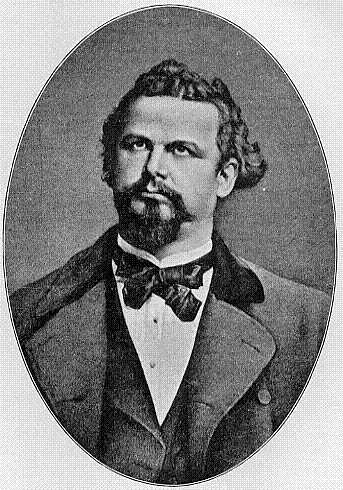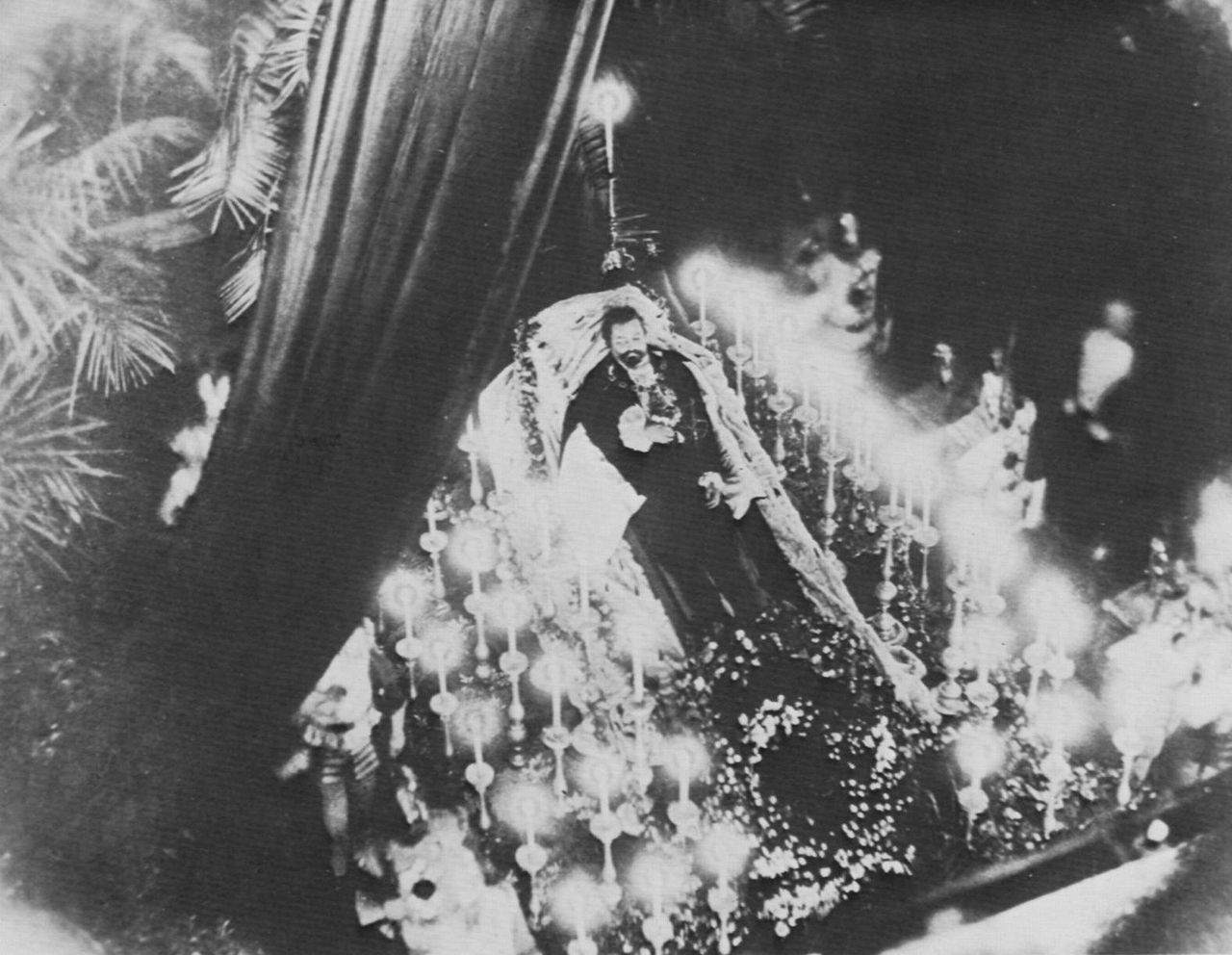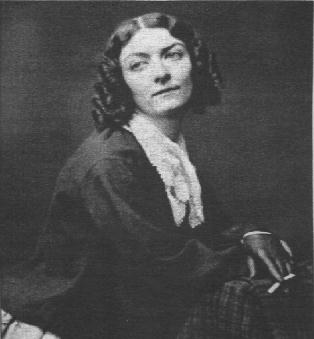by Scott Mehl © Unofficial Royalty 2016
Kingdom of Bavaria: The House of Wittelsbach ruled as Dukes, Electors, and Kings of Bavaria from 1180 until 1918. Today Bavaria is a landlocked federal state of Germany, occupying its southeastern corner. Maximilian IV Joseph, Prince-Elector of Bavaria allied his electorate with Napoleon and adopted many of the French beliefs of the Enlightenment. It was this loyal service to Napoleon through which Maximilian’s electorate was created the Kingdom of Bavaria with Maximilian at its king. He officially became the Maximilian I Joseph, the first King of Bavaria on January 1, 1806. On November 13, 1918, King Ludwig III would be the first monarch in the German Empire to be deposed at the end of World War I, bringing an end to 738 years of rule by the Wittelsbach dynasty.
********************

King Otto of Bavaria – source: Wikipedia
King Otto of Bavaria (Otto Wilhelm Luitpold Adalbert Waldemar) was the younger son of King Maximilian II of Bavaria and Princess Marie of Prussia. He was born two months prematurely on April 27, 1848, at the Munich Residenz, in Munich, Kingdom of Bavaria, now in the German state of Bavaria, and was named after his uncle King Otto of Greece.
Otto had one older sibling:
- King Ludwig II of Bavaria (1845-1886) – unmarried

Otto (right) with his parents and brother. source: Wikipedia
Otto and his brother were raised primarily at Hohenschwangau Castle by nannies and servants. They had minimal interaction with their parents, who they came to dislike. Their father was brutally strict, especially with Ludwig, as he was heir to the throne.
In 1863, Otto began serving with the Bavarian army, reaching the rank of Lieutenant the following year. By 1866, he had been promoted to Captain and entered active service with the Royal Bavarian Infantry Guards. He fought in the Austro-Prussian War of 1866 and later served as Colonel in the Franco-Prussian War of 1870-1871. By this time, he was also the heir-presumptive to the Bavarian throne, as his brother had become King Ludwig II following their father’s death in March 1864.
In 1871, Otto and his uncle Prince Luitpold represented his brother at the proclamation of King Wilhelm I of Prussia as the first German Emperor at the Palace of Versailles in France. Despite his attendance, Otto and his brother King Ludwig II did not support the establishment of the German Empire and Prussia’s prominence. These views, often publicly expressed, were well known to the Prussians and the newly established German court.

Otto, c1875. source: Wikipedia
Otto first began showing signs of mental illness, suffering from anxiety and depression, after serving in the Franco-Prussian War. His illness quickly worsened, worrying the court and his brother King Ludwig II who was expecting Otto to marry and provide an heir to the Bavarian throne. Otto was placed under medical supervision and reports of his condition were passed to the German Chancellor Otto von Bismarck by spies within the Bavarian court. By 1872, his doctors were reporting that he was mentally ill, and the following year he was moved to isolation in the southern pavilion of Nymphenburg Palace.

Dr. Bernhard von Gudden. source: Wikipedia
Otto’s physician was Dr. Bernhard von Gudden. There is much debate about von Gudden’s actions in treating Otto and his brother King Ludwig II. Dr. von Gudden would later also diagnose Ludwig as mentally ill despite never examining him or treating him. This led to Ludwig being deposed in 1913 and dying mysteriously just days later. Many speculate that the doctor’s actions were politically motivated. Unlike Otto and Ludwig, von Gudden and Otto and Ludwig’s uncle Prince Luitpold supported the establishment of the German Empire and Prussia’s dominance. Some historians suggest that it was German Chancellor Otto von Bismarck pulling the strings, wanting to remove Ludwig and Otto from power, and replacing him with Luitpold who was more easily controlled.
Whatever the reasons, Otto was more or less removed from the public eye. In 1875, he made a very public appearance at a mass in the Frauenkirche in Munich, causing a scene before being removed. Otto was then moved to Schleissheim Palace against his will. He made his last public appearance later that year, in August 1875 at the King’s Parade. His condition continued to deteriorate and in 1883 he was moved for the last time, taking up residence at Fürstenried Palace specially converted to provide for his confinement. Here, Otto was often visited by his brother King Ludwig II who insisted that Otto should be treated well and that no harm should come to him.
Within a few years, King Ludwig II was also declared mentally ill by Dr. von Gudden, and their uncle Luitpold was appointed Prince Regent. Just days later, on June 13, 1886, Ludwig and von Gudden both died under mysterious circumstances, and Otto formally became King. However, because of his incapacity, Otto probably never understood that he had become king, and the regency remained in place under Prince Luitpold.

Fürstenried Palace, By Rufus46 – Own work, https://commons.wikimedia.org/w/index.php?curid=1155929
Otto remained in isolation at Fürstenried Palace for the rest of his life. When Prince Luitpold died in 1912, his son Prince Ludwig became Regent. The following year, Ludwig amended the Bavarian constitution to allow for King Otto to be formally deposed. On November 5, 1913, King Otto was formally deposed and replaced by his cousin who took the throne as King Ludwig III.
King Otto died unexpectedly three years later, on October 11, 1916, aged 68, at Fürstenried Palace, as the result of a bowel obstruction. He was buried in the crypt at the Michaelskirche in Munich, Kingdom of Bavaria, now in the German state of Bavaria, and his heart was entombed at the Shrine of Our Lady of Altötting.

The coffin of King Otto of Bavaria. photo © Susan Flantzer
This article is the intellectual property of Unofficial Royalty and is NOT TO BE COPIED, EDITED, OR POSTED IN ANY FORM ON ANOTHER WEBSITE under any circumstances. It is permissible to use a link that directs to Unofficial Royalty.
Bavaria Resources at Unofficial Royalty




























